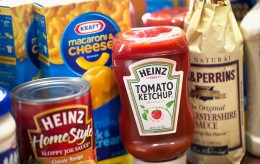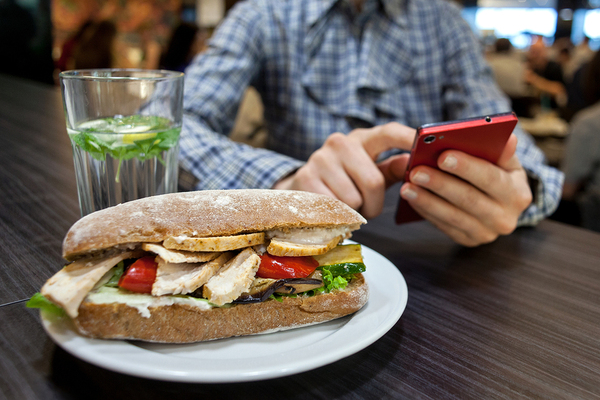With two product giants merging, Heinz-Kraft could be the catalyst that brings smart packaging and other innovations to the public and mass markets.

H.J. Heinz and Kraft Foods have completed what might be dubbed the cheeseburger merger, with Heinz supplying the condiments and Kraft supplying the cheese. The global headlines it generated were easily foreseen, even more so because of the involvement of Warren Buffett. Reading between the headlines, the fate of the merger will depend, in large measure, on the strategic leveraging of packaging. This is unavoidable, given that Heinz and Kraft are consumer packaged goods (CPG) companies.
At its core, the merger is about the structuring of a portfolio of brands. Some of them are category leaders with sales in excess of $1 billion that have endured for generations. While that makes them iconic brands, mergers are more about the future than about nostalgia. A brand can be iconic yet still show unimpressive growth in sales, profits, and market share. Iconic and eternal are not synonyms, provable if a brand is ill-positioned vis-à-vis major trends. One such trend is that of healthful eating, one that some minds stereotypically regard as inconsistent with processed, packaged foods.
Healthful eating is a devotion not practiced equally across demographics and psychographics. Typically it's associated with younger adults, the so-called millennials. Certain segments of that group are known to have their pet indulgences. Their reasons for not being consumers of an iconic brand might have less to do with healthfulness and more to do with lack of identification: "My parents use that brand."
So it is that a brand can have relevance, or lack thereof, for a variety of reasons. No brand can be all things to all people, a reality that necessitates target marketing, appealing to a big enough segment to meet the company's expectations, and by extension, shareholders' expectations. Particularly when the latter fails, even a heretofore iconic brand can be subject to being discontinued or divested.
Every brand within the Heinz-Kraft merger is an amalgam of tangibles and intangibles, among them: performance, value, messages, promises, perceptions, icons, and symbols--constituting a franchise and tasked with satisfying consumer needs and wants and thereby generating consumer loyalty. Within all that, it's the packaging that is the proxy, the physical cue of everything that the brand represents.
Read more from the source: packworld.com







